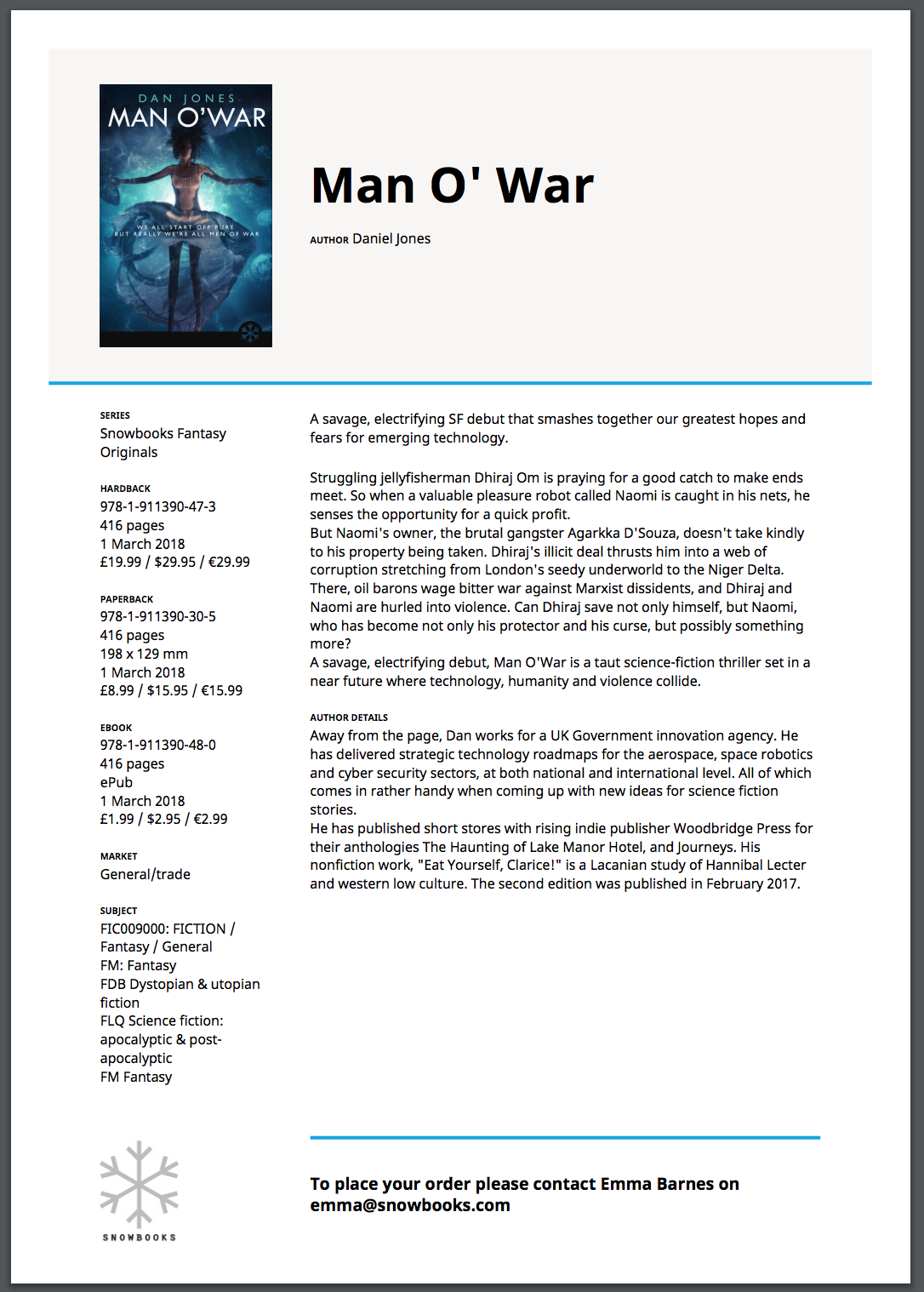There are four main ways to get data from Consonance into the world.
1. ONIX XML
ONIX can be exported automatically to a number of supply chain recipients, according to their particular specifications for receiving it. The feeds are based on your existing relationships with suppliers. We don’t set up the relationships; we set up the feeds.
We cleave to the ONIX standard, but recipients often don’t. Read the Consonance rules of the not-standard-standard But we are well-versed in handling all of the variances.
We have established feeds with many types of recipients:
- Data aggregators
- such as: Nielsen, Bibliographic Data Services, Bowker
- Distributors
- such as: Ingram UK (NBNi in old money), Ingram CoreSource, Hachette Distribution. (Aside: don’t choose a distributor that does not accept ONIX. There are more of them than you’d believe. Often they appear cheaper but we have found that that is a false cost saving and over a very short period of time will cost more in knock-on admin costs.)
- Wholesalers
- such as: Gardners
- Printers
- such as: Lightning Source
- Ebook resellers
- such as: ebookDotCom, Newbooks, Amazon (at the moment, you have to have a pre-existing feed because Amazon is not currently accepting new ONIX feeds)
- Academic databases
- such as: Scopus, Portico, Inspire, Clockss, Ebsco, Jstor, Proquest, Project Muse, FMSH, CNPIEC
- International services
- such as: Boekenbank, AKstem, Buchzentrum, Footprint
- Library services
- such as: Ebook Central
- Other groups
- such as: the Coop, Publishers Licensing Society, IPR License, Independent Publishers Group, Netgalley
- Publisher websites
- such as: Supadu, Bookswarm (e.g. lup.be)
In order to have ONIX accepted, it must be high quality and can be rejected if the data is old or transferred from other systems that are not properly ONIX compliant. Our initial data review and ongoing automated metadata health checks will help with the bulk of identifying what needs improvement, but you are responsible for the quality of your data. Setting up ONIX feeds is part of your one-time implementation fee.
Read the questions we ask when setting up an ONIX feed
Learn more about what ONIX actually is. Read our non-technical, beginners’ guide to ONIX for Books
ONIX from Consonance is usually sent “incrementally”, meaning that it is only pushed out when something has changed. Incremental changes can be scheduled daily, weekly, monthly, quarterly.
We provide a detailed monitoring interface for all ONIX feeds. If something isn’t right on a bookseller’s website, access a dashboard detailing all the ONIX fragments sent and any that might have been rejected to diagnose what the problem might be.
You can also use your ONIX XML to create marketing or rights catalogues in InDesign.
2. Consonance APIs
GraphQL (introduced in 2021)
If you want to read and write data programmatically, our GraphQL API is efficient, expansive, well-tested and self-documenting. We use it ourselves to update pages, so you can be sure it is well maintained and road-tested. Contact us for API keys.
RESTful API (maintenance only, no further enhancements planned)
We maintain a secure, industry-standard, RESTful, json API of product data. This includes all the basic metadata (subjects, marketing texts, prices, etc) and images. This can be used to feed websites or any other recipient of your book data.
See a sample of the data structure we send
See a self-built static website, pulling data from the API, constructed during #SideProjectSummer
There is no additional cost to using the API as is.
3. Custom reports of Excel spreadsheets
If someone in your supply chain is not yet capable of receiving ONIX or an API and insists that you send them a spreadsheet, we do make all your data available via our custom reports feature. You make the custom report template, then pull the data whenever you need to send off the file.
 Read about creating a product custom report
Read about creating a product custom report
This is the least reliable method, because it follows that manual intervention is required to get your data into their system, so try to encourage the suppliers you work with to automate themselves as quickly as possible, for everyone’s sanity.
There is no cost for using custom reports.
Other tabular exports include dumps to CSV of product, sales and pricing information.
4. Human-readable formats
Consonance produces a number of beautifully designed human-readable formats, such as Advance Information sheets, product briefings and press releases, in definable batches. Other human-readable exports include royalty statements, contract PDFs and flyers.
 Read more about the default Advance Information document
Read more about the default Advance Information document
There is no cost for using these formats as they are.
Outgoing data controls
How do you know what feeds out from Consonance? And how can you stop it?
In short, you must actively allow the system to release each product’s information.
You can prevent any mention of the product from being distributed, or distribute the information but tell recipients not to list it with a “sales restriction” included in the ONIX.
You control embargo information for on sale, trade and public, as well as out of print indicators. We have many options for pseudonyms, including the potentially complex linking for accounting purposes.
Covers and marketing texts have draft and approved statuses, and will not be distributed unless they are approved.